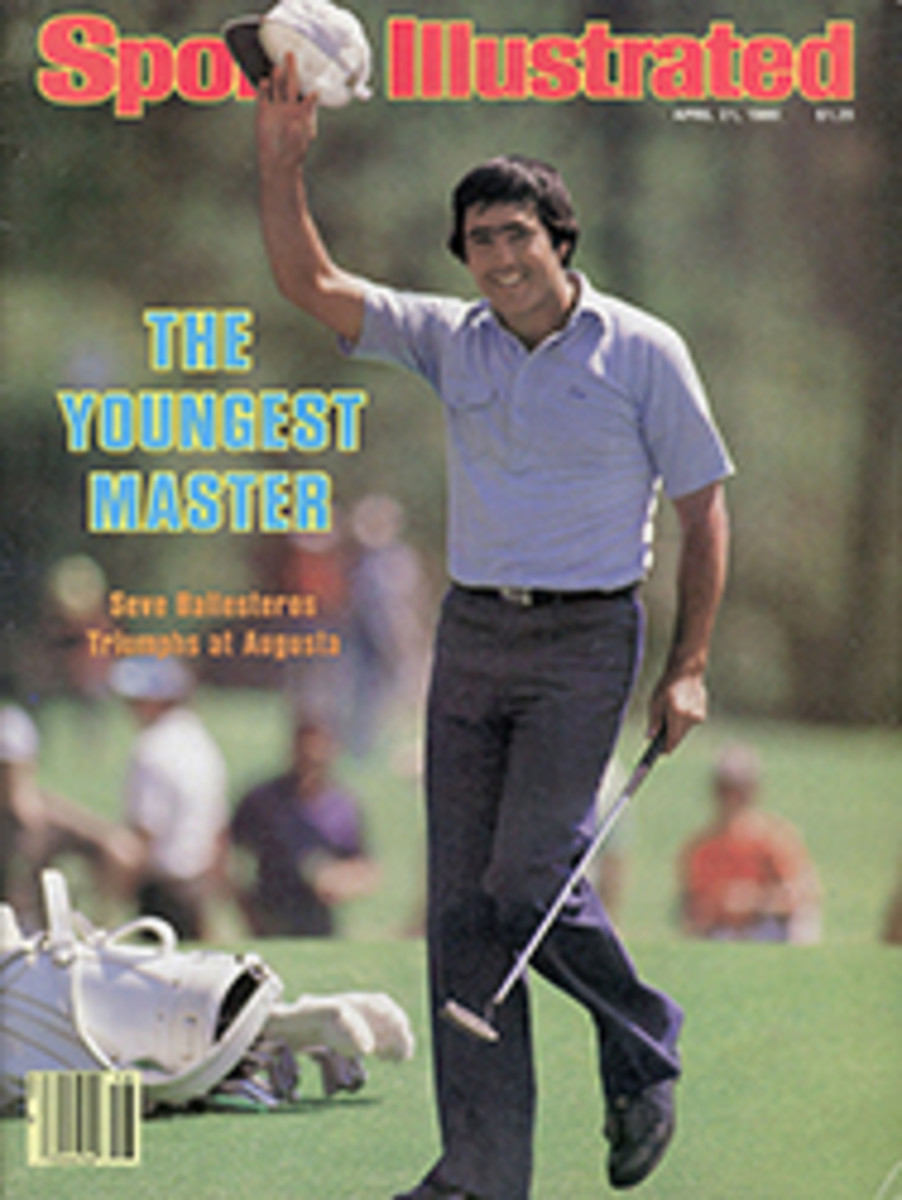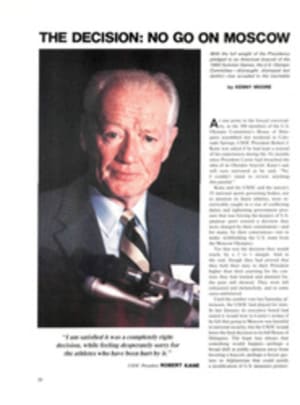
WHAT IS NEITHER GOLF NOR AN OLYMPIC SPORT? OLYMPIC GOLF, THAT'S WHAT
Small is beautiful. Less is more. Two nice slogans for the '80s perhaps, but not particularly applicable to golf. The sport gobbles resources in the grand manner. A championship-size course demands a huge amount of land—about 155 acres—consumes thousands of gallons of water and requires an expensive and extensive support staff. Attempts have been made to streamline and miniaturize golf, but the consequence has been either to eliminate the long tee shot or to rely on windmills, loop-the-loops and clowns' mouths.
But now there is Olympic Golf. The invention of a 59-year-old California golf-course developer named Ted Vallas. Olympic Golf—which has no connection with the Olympic Games—was designed to eliminate the grandiose aspects of the sport while retaining its challenges and satisfactions. "I got the idea while watching the touring pros simulate different shots off the practice tee," says Vallas. "The pros aim at caddies they position at various points along the fairway."
Vallas has imitated this training technique by squeezing many of the vital elements of a course onto 10 acres. His game is a sort of target practice, but Olympic Golf offers a unique opportunity to the golfer with imagination. By using a scorecard from one of the world's great courses the golfer can "play" these courses, although the only feature he'll really be able to duplicate is the length of the holes.
Visitors to the first—and, so far, only—Olympic Golf course, on the outskirts of Palm Springs, are confronted with a grassy rectangle 170 yards wide and 320 yards long. At the "clubhouse" end are 18 AstroTurf driving mats that face toward nine greens-sized bodies of water, each of which is equipped with a flag and surrounded by bunkers. The distance from the tee is marked off in 10-yard increments by bold signs and lines, and behind each driving mat is a small putting green and a tiny sand trap.
Playing the course requires a bucket of balls, a deft touch and lots of creative thinking. Each golfer may use an Olympic Golf scorecard that gives the length and par for each of the 18 holes to be played; he may supply his own scorecard from any other course; or he may simply wing it and improvise the length and par for a hole as he begins to play it. A new ball is used for each shot, and the holes need not be played in any particular order. Say, for instance, a hole is designated as a 360-yard par-4, and the golfer's drive, which the player attempts to hit straightaway without hitting any of the "greens" that serve as hazards during this phase of the game, is 200 yards. Leaving the first ball out on the "fairway," he puts down a second one, consults the Olympic Golf map that tells him which of the nine water-greens to shoot for if he has left himself with a 160-yard approach shot, and aims for that flag. A resounding splash signals success. After reaching the "green." the golfer goes to the putting surface behind his tee, places his ball at the spot corresponding to the one where his approach splashed down on the "green" and holes out.
A round of Olympic Golf takes about 90 minutes and costs $5. The sportsman must be willing to forgo the scenic splendor of a conventional course, the ever-changing playing surface and some of the exercise regular golf provides. But how else can you play Pebble Beach for a couple of bucks?

